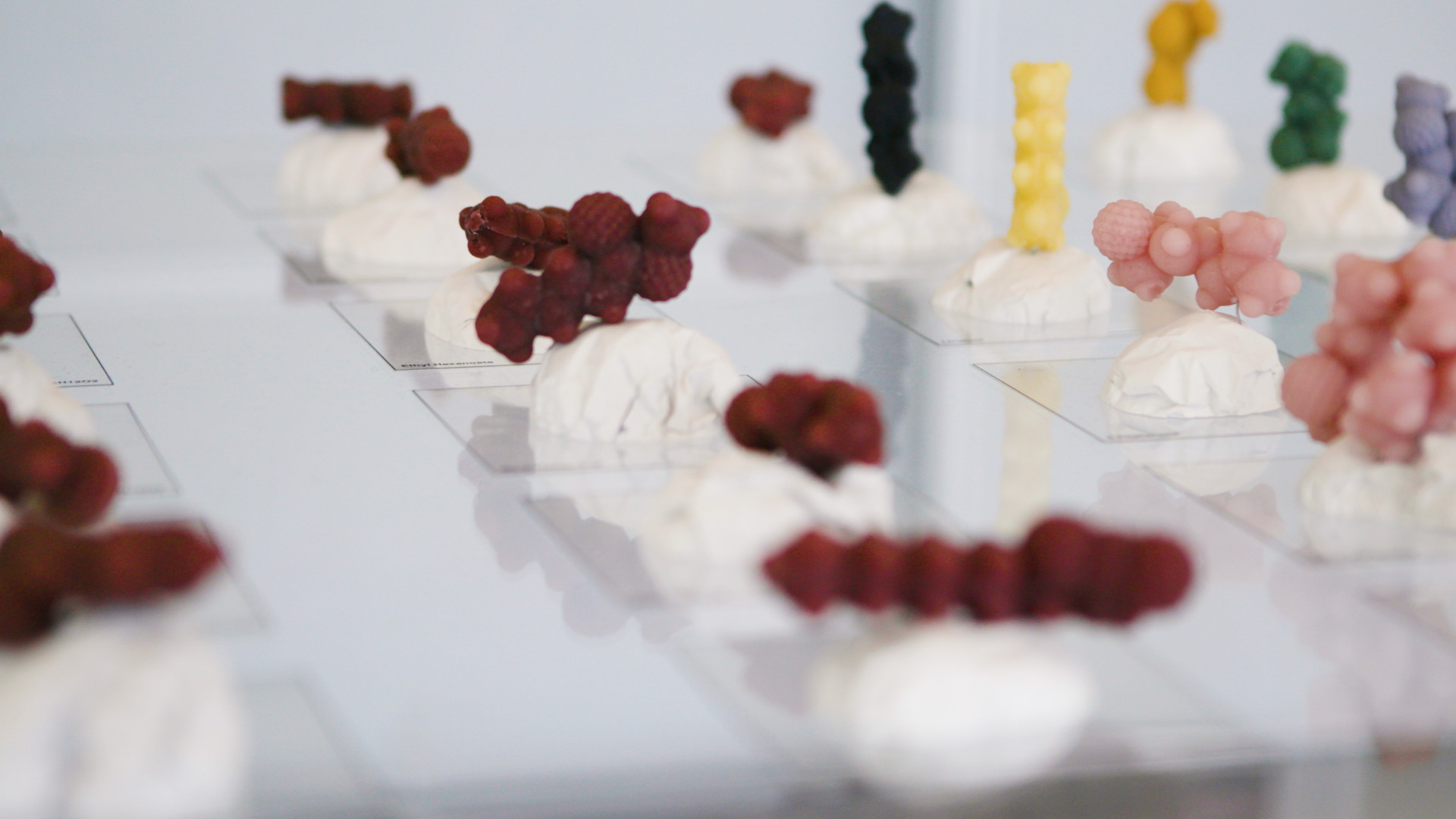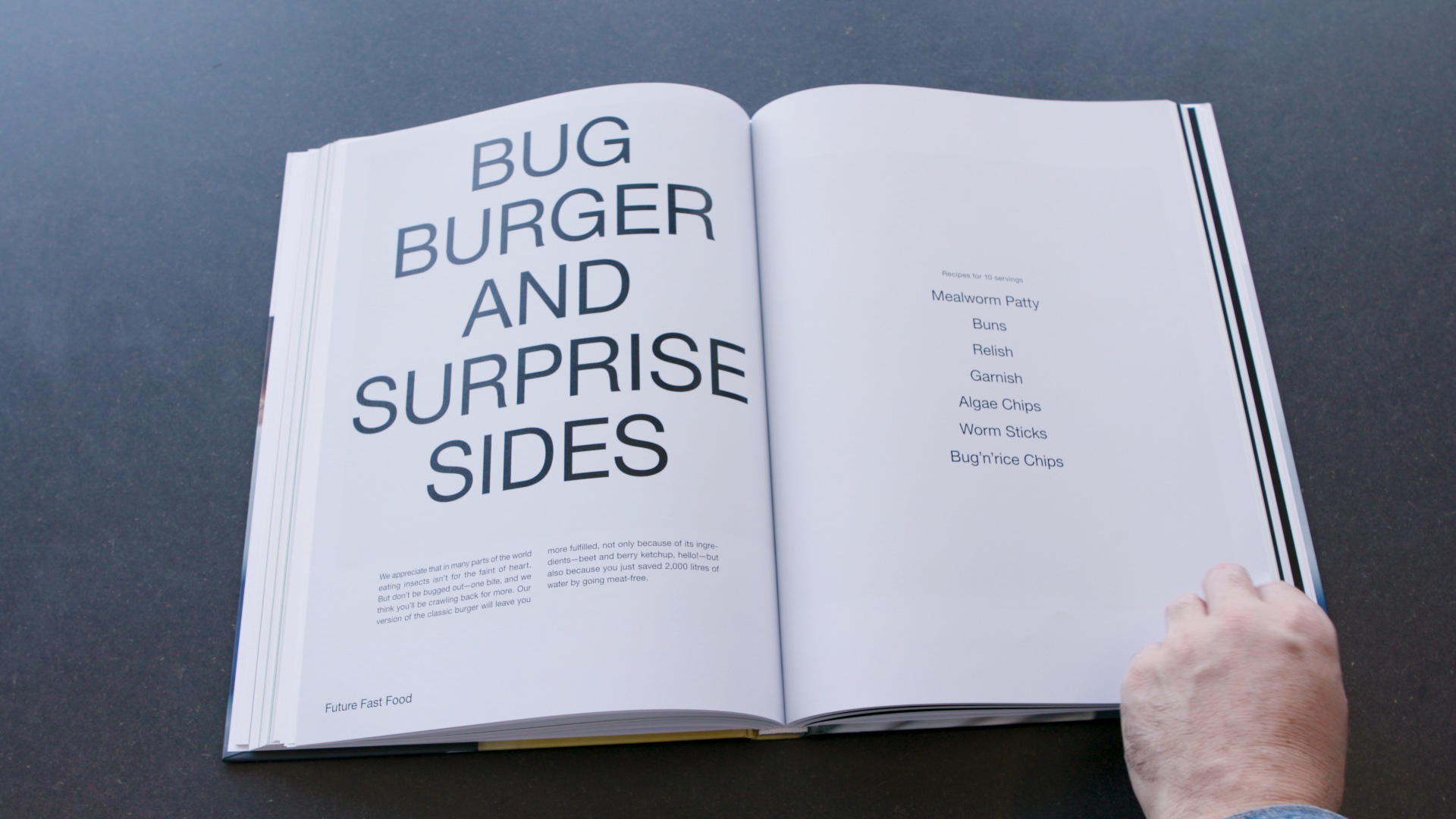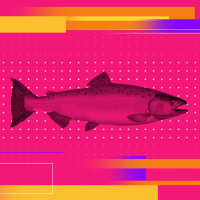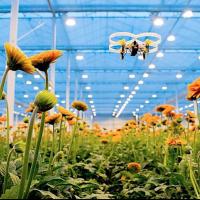A future of eating meat without ethical or environmental implications is more real than ever before. While plant-based alternatives are growing in popularity, the real black horse with game-changing potential seems to be actual meat… grown in science labs. The question at this point is not whether this approach is viable or scalable, but simply: will people want to eat it? After speaking with some of the food creators on the frontier of this movement and getting a taste of the future, the answer is almost certainly yes.
Despite the impacts, people don’t seem to be slowing down on meat eating. So how can we get our carnivorous fix without killing the planet? To find out, we talked to Nicole Manu, Staff Council at the Good Food Institute, an industry advocacy group working through the regulatory and marketing challenges that stand in the way of alternative meat production. According to Nicole, getting the price down is one major factor. But more importantly, we need to make sure that lab meat tastes the same as real meat. Fortunately, it does.
Outside of taste, another barrier is perception. People have a negative reaction when associating supper and science experiments. The folks over at Space 10, an IKEA-backed research lab in Denmark, are addressing this problem head on by cooking up ideas on what the future of food could look like. By designing and marketing gourmet foods using lab-made, sustainable ingredients, they believe they can change the perception that lab grown meat and other foods are not appetizing.

Simon Casperson, the Communications Director at Space10, was skeptical of lab grown meat himself at first. But then he learned more about the current meat production industry and quickly realized that the way things work now is far from natural.
Now a believer, Simon and his team are trying to create a perception that lab food can be beautiful, delicious, and normal. They’re doing this by experimenting in the lab with sustainable ingredients to create new exciting foods and designing cookbooks featuring what they believe could be the future.

Their latest production is a cookbook called Future Food Today, which makes futuristic and non-traditional ingredients look beautiful and like something people will want to eat. Showcasing algae-based hot dog buns and insect-forward tacos, Space 10 strives not to hide what people see as gross, but rather to shine a spotlight upon it and start a conversation.
Lab 10 realizes a cookbook won’t change the world on its own. But they seemed to have found an innovative channel for getting their important research out in a digestible (heh) way. By engaging with chefs and foodies around the world, making futuristic food feel more normal, they are taking big steps to push our food system forward. Read more about that in our latest article on cell-based chefs, where we sat down with a few top chefs around the country, aspiring to bring lab meat to fine dining.
Up Next
Having fun in Copenhagen? Stick around. We also visited our friends at AquaBounty and learned how GMO salmon could be coming to your local supermarket this year. What does that mean for the future of food?


